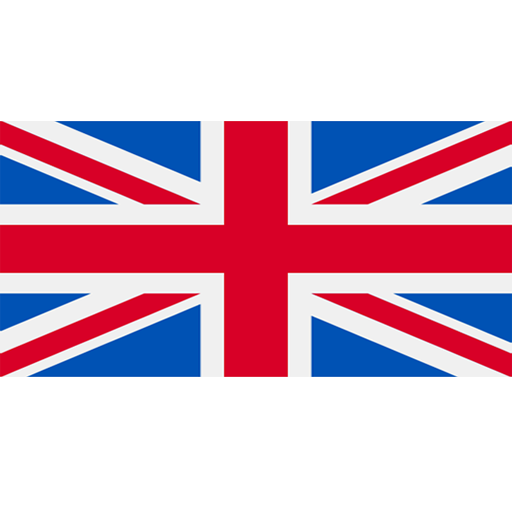Recently, Meta announced that as of January 14, 2025, Spark AR – the AR Filter creation studio developed by Meta – will officially shut down, and all AR Filters on Facebook and Instagram will be removed. This means that brands will no longer be able to implement marketing activities through AR Filters on Facebook and Instagram.
Meta’s decision to close Spark AR has caused a stir within the AR community, especially for brands that have grown accustomed to running AR Filter projects on these platforms. As one of the leading AR/VR companies in Vietnam, Marvy is always prepared with innovative solutions to continue delivering exceptional AR experiences to customers.

What platforms can create AR Filters to replace Facebook's Spark AR??
Marvy offers three alternative solutions for AR Filters on Facebook, including:
- AR Filter onTik Tok: AR effects created using TikTok's Effect House tool. These effects will be published and used on the TikTok platform.
- AR Filter on Snapchat: AR effects developed through Snapchat's Lens Studio. These lens will be posted and used on the Snapchat platform.
- AR Filter on Website: AR effects are implemented on an independent website platform, which can be integrated into a brand's website and doesn't rely on social media. Additionally, AR Filters on websites can include diverse features such as user data collection, automated emails, and more.
![]()
1. AR Filter on Tik Tok
As a replacement for Facebook and Instagram, TikTok is a perfect choice for creating viral media effects with AR Filters. To upload AR Filters on this platform, all filters must be developed using TikTok's Effect House tool.
Advantages:
Large user community: TikTok is one of the fastest-growing social media platforms today, with over 1.5 billion active monthly users. This gives businesses a great opportunity to boost brand recognition through AR Filters.
Easy access to young users and content creators: With its large, youthful user base, TikTok fosters a dynamic community where brands can easily connect and engage with their target customers.
Performance data analysis: TikTok provides basic analytics tools, allowing brands to assess the effectiveness of their AR filters comprehensively.
- Disadvantages:
Compliance with regulations: TikTok has strict content policies, and AR Filters must adhere to these regulations to avoid being removed or having accounts suspended.
Restricted to TikTok: Users must use the TikTok app to experience AR Filters, which limits accessibility. This could be a challenge for brands trying to reach an older audience or users who don't use TikTok.
Learning curve and development time: TikTok's Effect House is not user-friendly for the majority of non-technical users. It requires a significant time investment to learn and navigate its complex features, posing a barrier for those without technical expertise.
Limited user data collection: Due to TikTok's strict privacy policies, collecting detailed user data from AR Filter interactions is limited. This restricts brands from analyzing user behavior and preferences, making it difficult to accurately measure the effectiveness of campaigns or make data-driven adjustments.
Cost of hiring an agency: Given the complexity of programming AR Filters on TikTok, brands often need to work with agencies to execute these projects. This creates a barrier for small and medium-sized businesses that may lack the financial resources to hire an agency for AR Filter development.
Long development time: Creating an AR Filter involves multiple stages and requires close collaboration among team members. Typically, the process is complex and must pass platform approval, which can significantly extend the time needed for deployment.
2. AR Filter on Snapchat
In addition to TikTok, Snapchat is another suitable platform for implementing AR body tracking on photobooths. With its nearly perfect ability to detect user gestures and movements, Snapchat is currently the most optimal choice. AR Filters uploaded to Snapchat must be developed using the Lens Studio tool.
- Advantages
Top-tier body tracking capability: Currently, Snapchat is the platform with the most accurate and smooth body movement recognition and tracking. It’s ideal for AR Body Tracking effects that require high interaction and fluid user movement.
Large and diverse user base: One of Snapchat’s key advantages is its massive and diverse user community. This provides a great environment for AR Filters to quickly spread and create new trends.
Diverse Lens library: Snapchat offers a rich library of Lenses (AR Filters), ranging from simple effects to more complex ones. This allows users to have more options and easily find filters that suit their needs.
- Disadvantages:
Platform compliance: Snapchat enforces strict content guidelines, particularly for filters that involve sensitive topics or copyright violations.
App requirement: Users must download the Snapchat app to experience AR Filters. This limitation can hinder brands from reaching older audiences or those who don't use Snapchat.
Learning curve and development time: Lens Studio has a complex interface and is tailored for users with advanced programming knowledge. Creating AR Filters on this platform requires significant time for learning and exploration.
Limited user data collection: Due to Snapchat's stringent privacy policies, detailed user data collection during AR Filter interactions is highly restricted. This prevents brands from analyzing user behavior and habits to inform future marketing activities. As a result, it becomes challenging for brands to accurately measure campaign performance and make appropriate adjustments.
Cost of hiring an agency: Due to the complexity of developing AR Filters on Snapchat, most brands rely on agencies for execution. This creates a barrier for small and medium-sized businesses that may lack the financial resources to hire an agency.
Long deployment time: Developing an AR Filter involves multiple stages and requires close collaboration among team members. The process typically includes a complex workflow and platform approval, which can extend the deployment timeline significantly
3. AR Filter on Website
Both of the aforementioned options require implementation through a specific social media platform. However, with Web AR, there’s no dependency on any app or other social networks. When deployed on a website, brands and agencies can have their own custom AR Filter tailored to their specific needs. Why is this a better option?
- Advantages of Web AR Filter
Sustainable, Exclusive, and Optimized AR Technology: This comprehensive technology, developed by Marvy, operates independently without relying on third-party platforms.
Flexible Data Collection: It enables the collection and management of user information, such as names, phone numbers, and emails, according to specific needs.
Direct Link CTAs: When implementing AR Filters on a website, brands and agencies can attach CTAs that link directly to their website or sales channels, enhancing the shopping experience for end users and facilitating lead generation for the brand.
Access via a Single Link, No App Required: Users only need to click a single link to access and experience the AR effect, simplifying the interaction process with the AR filter.
Compatible with All Mobile Browsers: The AR experience can be optimized for various mobile browsers, saving storage space on users' devices while ensuring a seamless experience.
Incorporation of Video into AR Effects: This feature enhances interactivity and liveliness by allowing users to watch short videos, animations, or even brief films directly within the AR filter.
Unlimited Customization Options: Implementing AR on a website eliminates concerns about storage limitations for AR products. Additionally, it allows for a wide range of advanced customization features, such as automated email systems and control over the quantity of giveaways.
WebAR is a promising platform for implementing AR Filters
How to Quickly Create an AR Filter on a Website
After experiencing and comparing various options, most users seek a solution that meets the following criteria:
✅ No coding required: Users can create Web AR Filters without any programming knowledge.
✅ Freedom from strict platform regulations: Users are not bound by the stringent rules of individual platforms.
✅ Direct experience on the website: Users can interact with the AR Filter directly on the website without needing to download an app.
✅ Autonomy in creating Web AR Filters: There’s no need to rely on agencies for development.
✅ Cost-effective implementation: The solution is affordable and suitable for small and medium-sized enterprises.
✅ Quick deployment: The time required for implementation is minimal, allowing for timely execution.
The tool that fulfills these criteria and empowers users to create their own AR Filters is Octokit.
Octokit is an innovative AR Filter creation tool designed for all users, requiring no programming knowledge at all!
Head to Octokit to create AR Filter and Game: octokit.co
Highlights of Octokit:
✅ Create AR Filters in Just 5 Minutes: Users can design AR Filters using a simple drag-and-drop interface, making it accessible even for those with no programming skills.
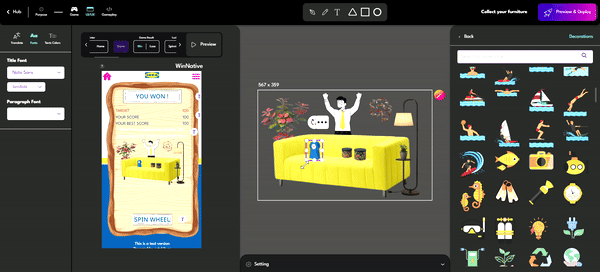
✅ Octokit offers a library of 100 diverse AR Filter templates, including options like AR Hand Tracking and AR Face Tracking that recognize facial expressions and various gestures. Users can easily utilize these templates and customize the designs to fit their specific needs.
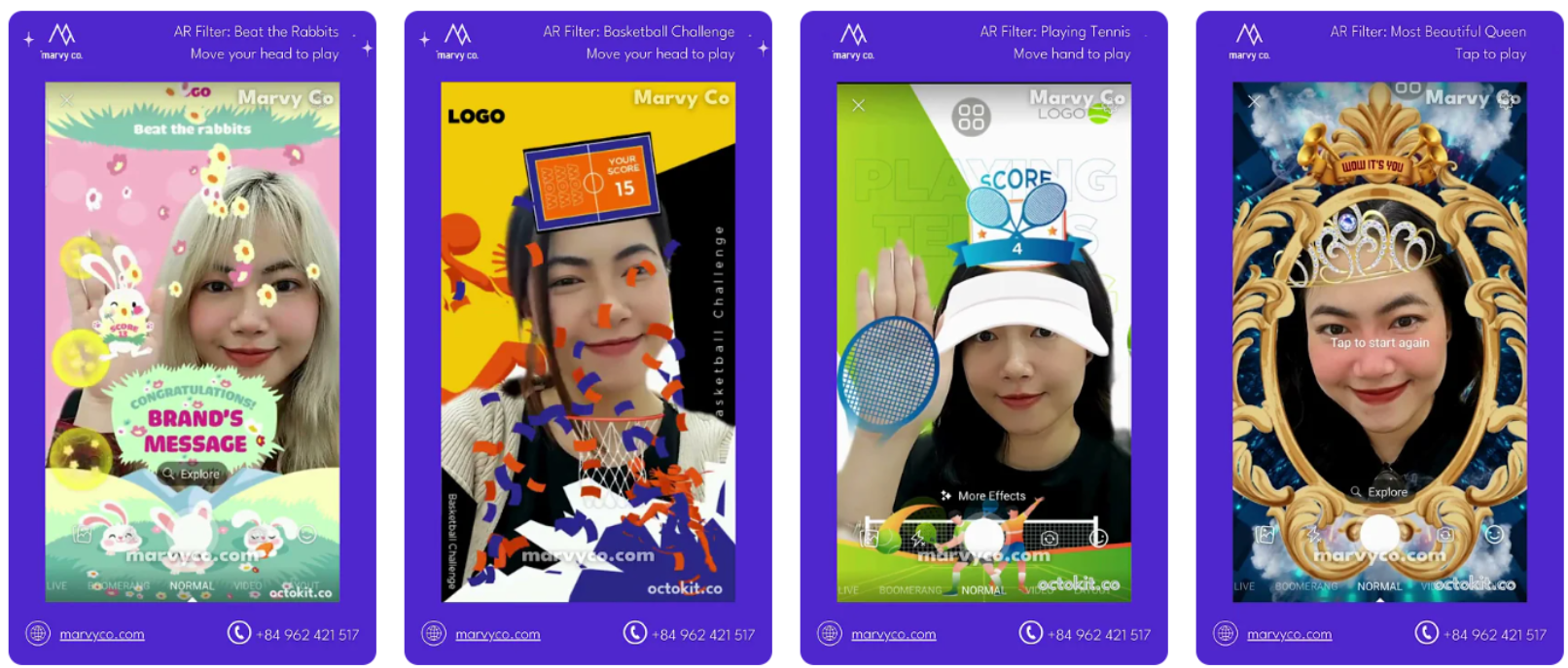
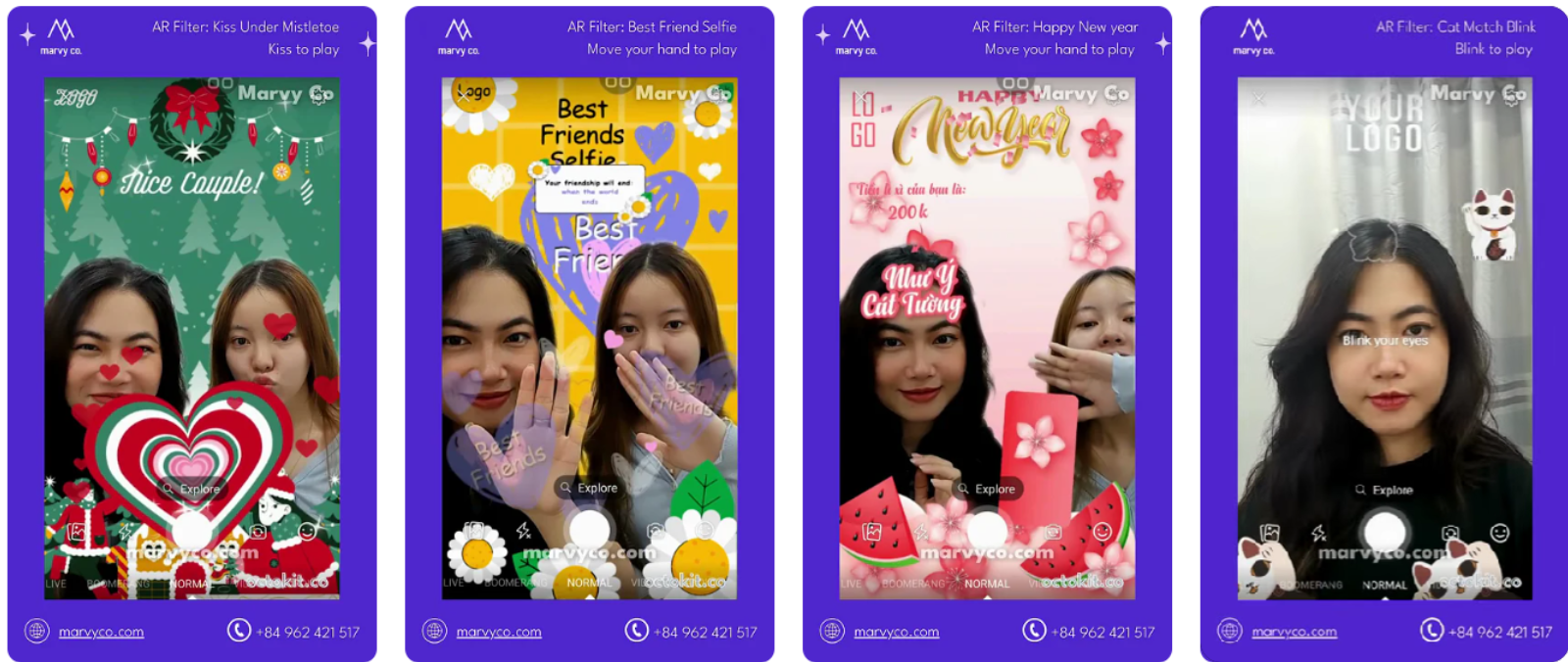
✅ Choose from one of three login methods, allowing them to provide their information based on the intended purpose of the AR Filter implementation.
_1727327438.gif)
✅ Simple One-Click AR Filter Release
_1727327148.gif)
✅ Octokit enables users to manage vouchers and track the gift history of their AR Filters.
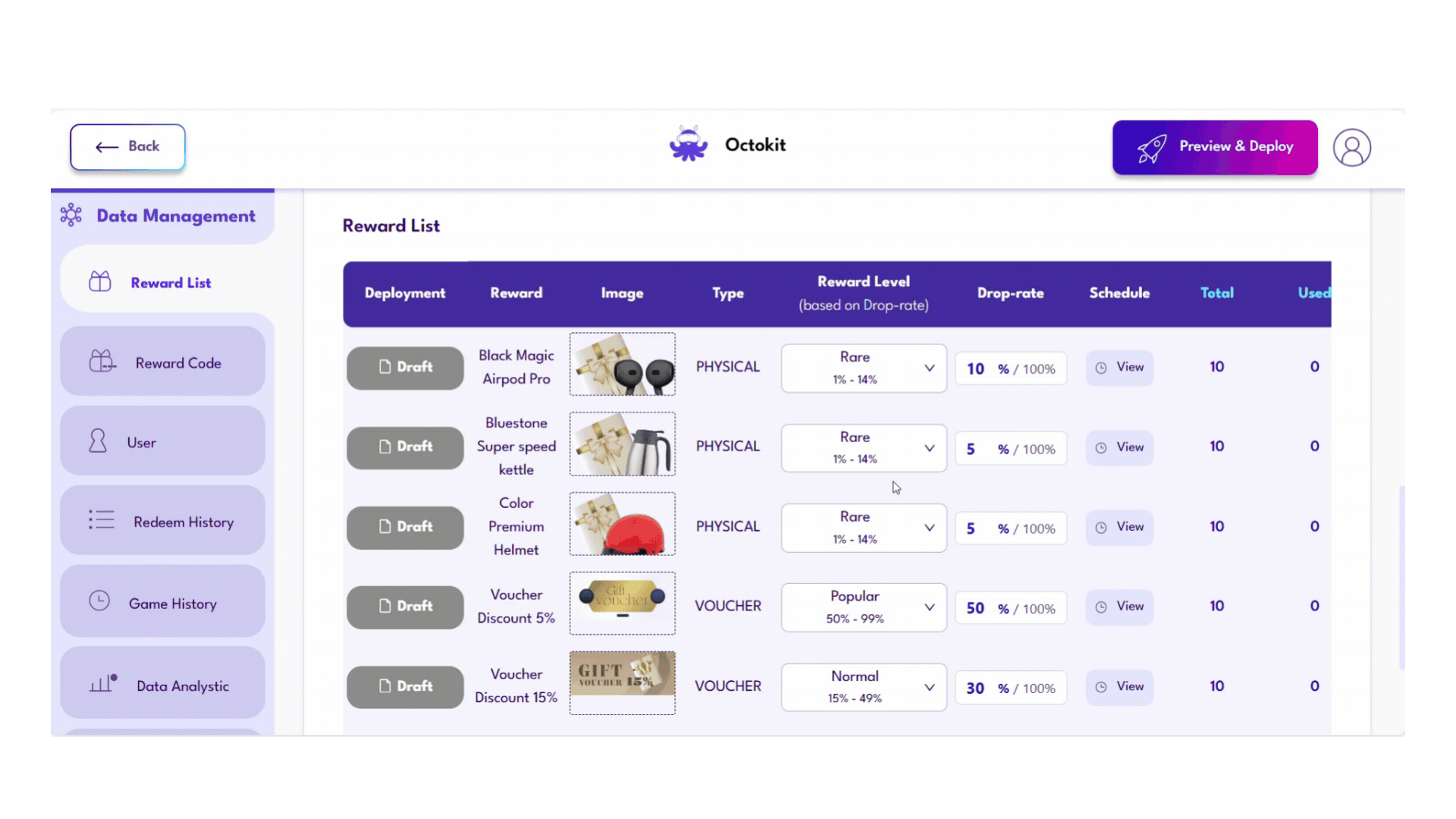
✅ Allows users to efficiently manage data collected from AR Filters, including player names, emails, phone numbers, and more
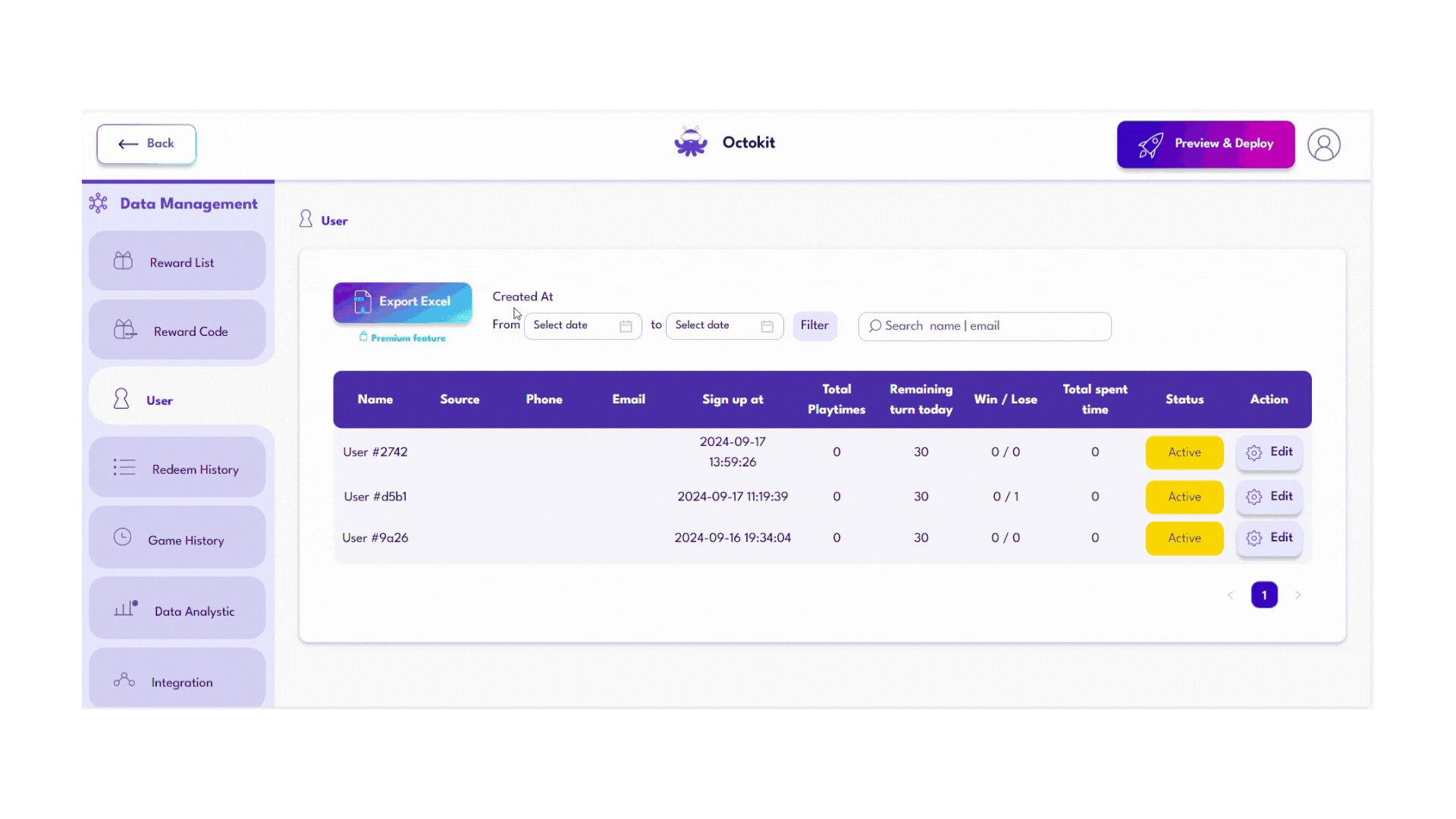
✅ Users can analyze all collected data, including metrics such as conversion rates, peak usage times, and more with Data Analytics.
_1727327783.gif)
With the outstanding advantages mentioned above, Octokit can be considered the ultimate tool for creating AR Filters that meets the needs of everyone, from individuals to small and medium-sized businesses. It is also one of the rare tools in the market that requires no coding, allowing brands to create completely new AR Filters in a very short time.
In addition to its gamified marketing system, Octokit supports the management of user data and information when interacting with AR Filters. Brands can also measure campaign effectiveness using detailed data, such as giveaway information, gift history, and user gaming history. All of this is integrated and updated in real-time within Octokit’s All-in-One system.
Experience Octokit at: octokit.co
Conclusion
Meta's closure of Spark AR marks a significant turning point in the AR industry. This shift not only brings new challenges but also opens up countless opportunities for other tools and platforms for creating AR Filters, such as Web AR Filters and TikTok AR Filters. With its high usability and rich features, Web AR Filters represent an ideal choice for businesses looking to harness the power of AR technology.
To support businesses in creating AR Filters on their websites more independently and easily, Octokit stands out as the perfect tool for this purpose, requiring no programming knowledge from users.
->>> Create AR Filter and Mini game with Octokit at: https://octokit.co











